The “Zero Museum”, the first exclusively dedicated to digital art throughout Europe, will be born in the Agricultural Cooperative of Santa Catarina da Fonte do Bispo, a village in the municipality of Tavira. The goal is to "open in 2020" and the space will have exhibitions, based on light, image and sound, as well as artistic residencies.
The museum will be created in the former grain silos and adjacent warehouses of the Cooperative, spaces that are currently deactivated. Interestingly, the buildings of the former cooperative are themselves a kind of museum, as they were designed in the 50s by Manuel Gomes da Costa, a modernist architect.
The idea came from Paulo Teixeira Pinto, former president of Banco Comercial Português (BCP), artist, art collector and resident of Santa Catarina da Fonte do Bispo.
The works have not started yet, but they have long been defined about what that unique space in Europe will be.
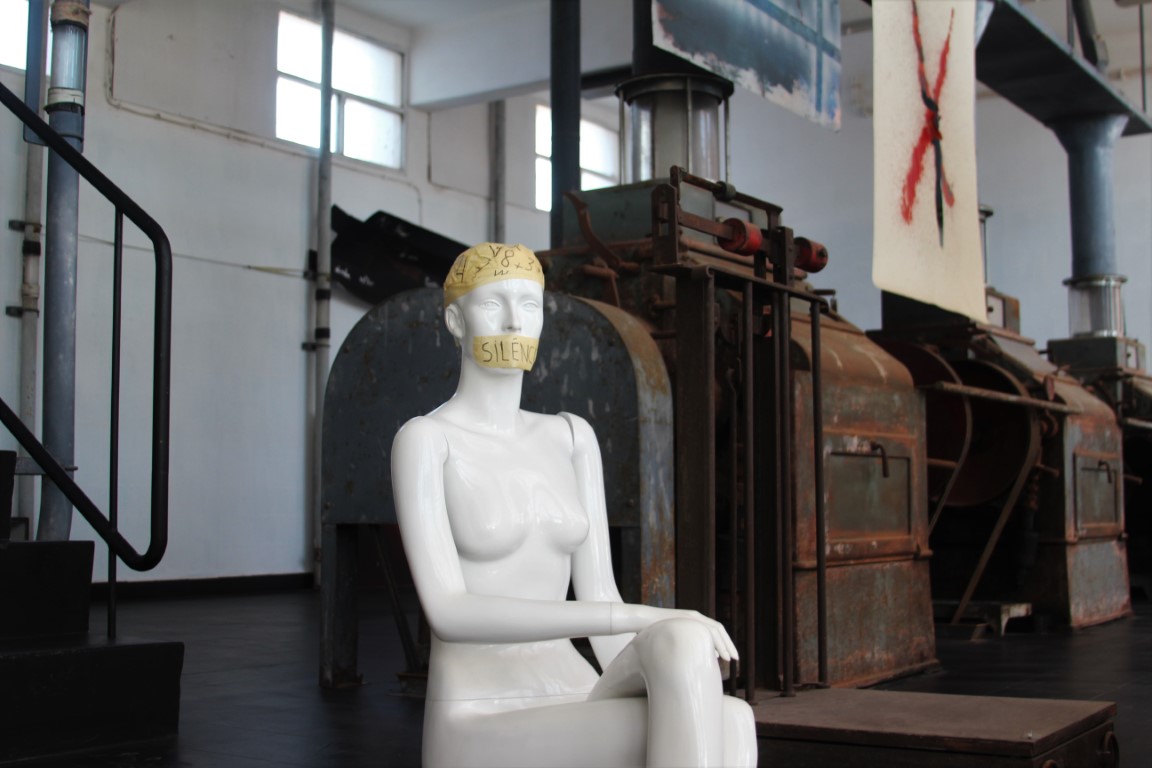
“We plan to create a cycle of two or three exhibitions per year, based on sound, image and light. We are also with national and international contacts of artists to hold artistic residencies here», explained João Correia Vargues, president of the Executive Committee of the Museum, on the sidelines of a visit made this Tuesday, April 29th.
The moment was attended by Maria do Céu Albuquerque, Secretary of State for Regional Development, who visited projects supported by community funds, through CRESC Algarve2020.
«We want a renowned artist to come here, for two or three months, and design a specific work for the place», exemplified João Vargues.
And the truth is that artists are even interested in these residencies. «We have had direct proof, from the creatives, that this territory is a source of enormous inspiration. This landscape, the ethnography, the music, the accordion… We can value the rural Algarve and make the most of it», he said.
In addition, an Educational Service at the Museum will also be created, with the aim of working with the youngest. In this sense, there have already been 10 sessions held in schools, promoting digital art.
As for the works, which have not started yet, they will not destroy the current space, but, instead, use it as one of the attractions of the Museum.
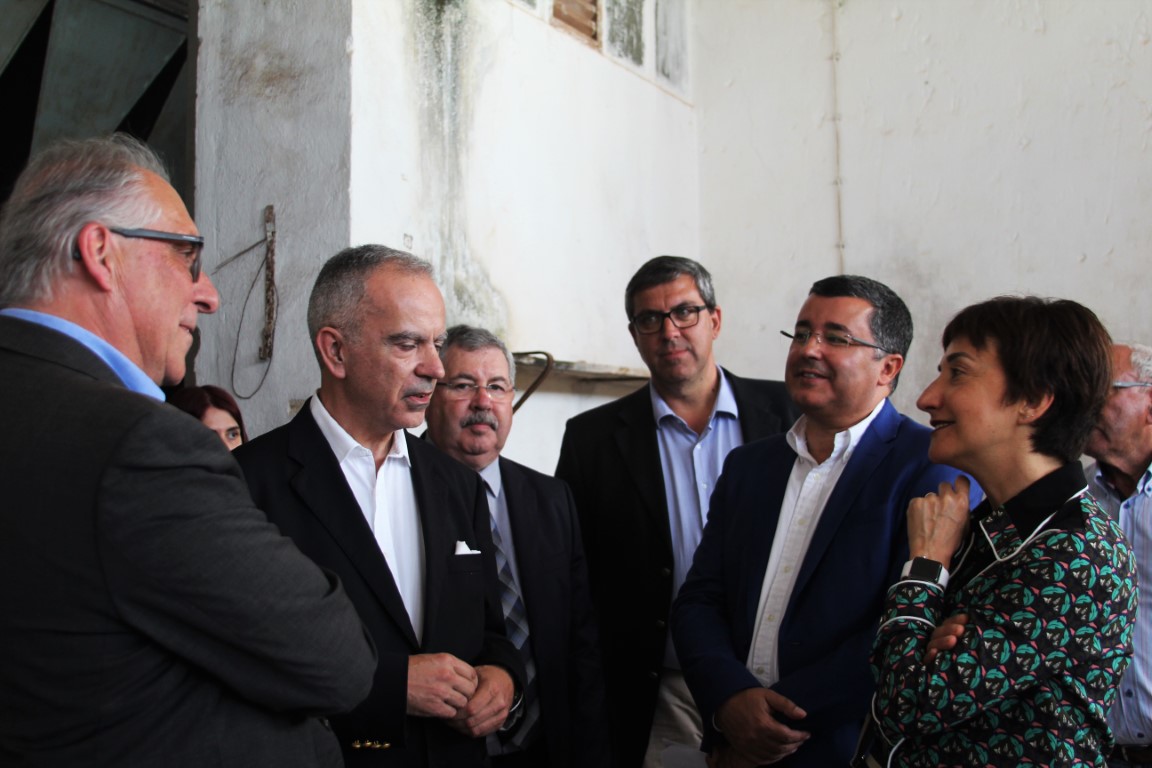
«What we are going to do is remove unnecessary equipment that will not be necessary for the versatility of the space. Then, we will do some work in terms of coverings, we will build another building, an annex, and we will carry out the technological adaptation of the entire space, in terms of creating Wi-Fi networks, for example», explained João Vargues.
The silos, which stand imposingly, will remain, "but we are going to take advantage of them," said the official.
The purpose of this museum is also “to connect people from culture to agriculture” and vice versa. «It's something that will happen, with the members of the Cooperative, the clients, the tourists. We want to put this together and we are sure that everyone will be satisfied», referred João Vargues.
The creation of the Zero Museum involves an investment of around 1,9 million euros. The amount is reimbursed, in 70%, by community funds of CRESC Algarve2020.
In the opinion of Secretary of State Maria do Céu Albuquerque, this is a project that shows how European funds can “foundation of regional development”.
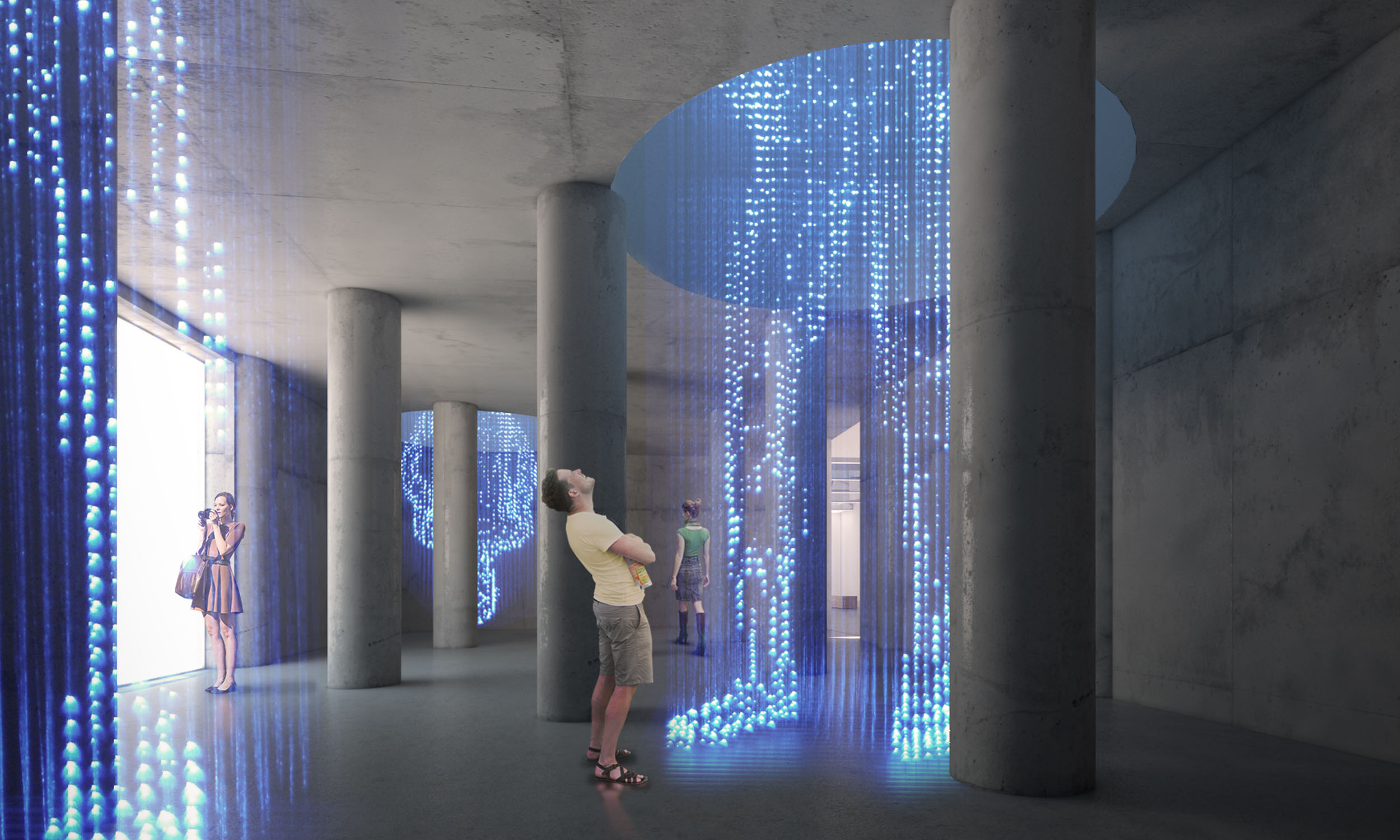
The Zero Museum is, for the government official, a “great, bold and innovative project”. «It works with creativity and puts it at the service of the territory and of everyone, whether younger or older. What we see emerging here is a distinctive factor for the territory,” he added, in statements to journalists.
Jorge Botelho, president of the Chamber of Tavira, thinks the same way. "What will happen here will attract the public, investment and show that this land has a future," he said.
This project already has partners from MAAT (Museum of Art, Architecture and Technology), from Lisbon, from the Calouste Gulbekian Foundation, from the Arts Center “Ars Electronica”, from Linz, Austria, and from the University of Algarve.
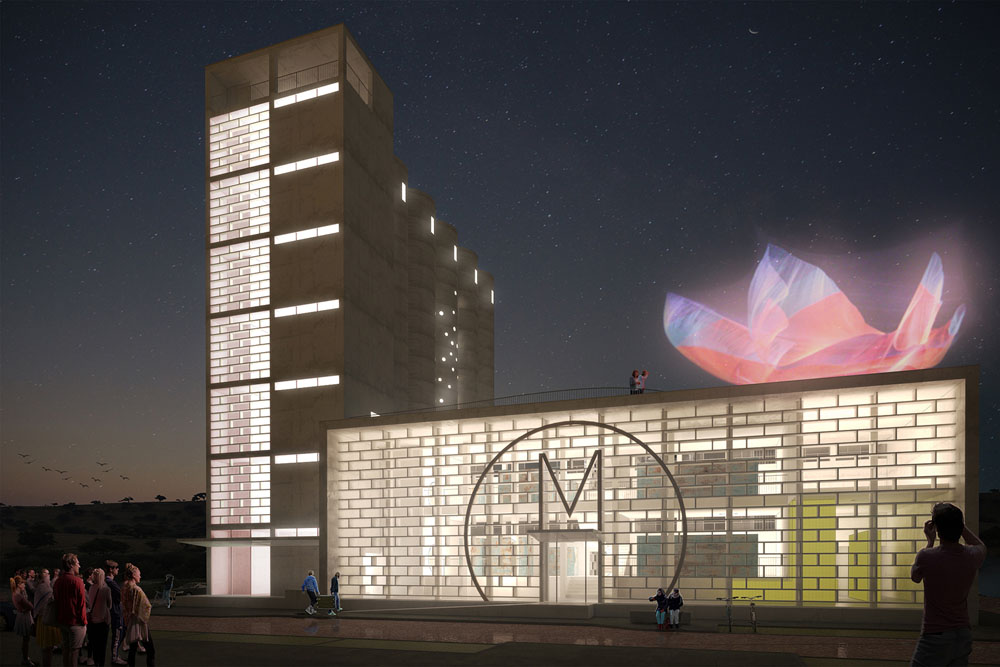
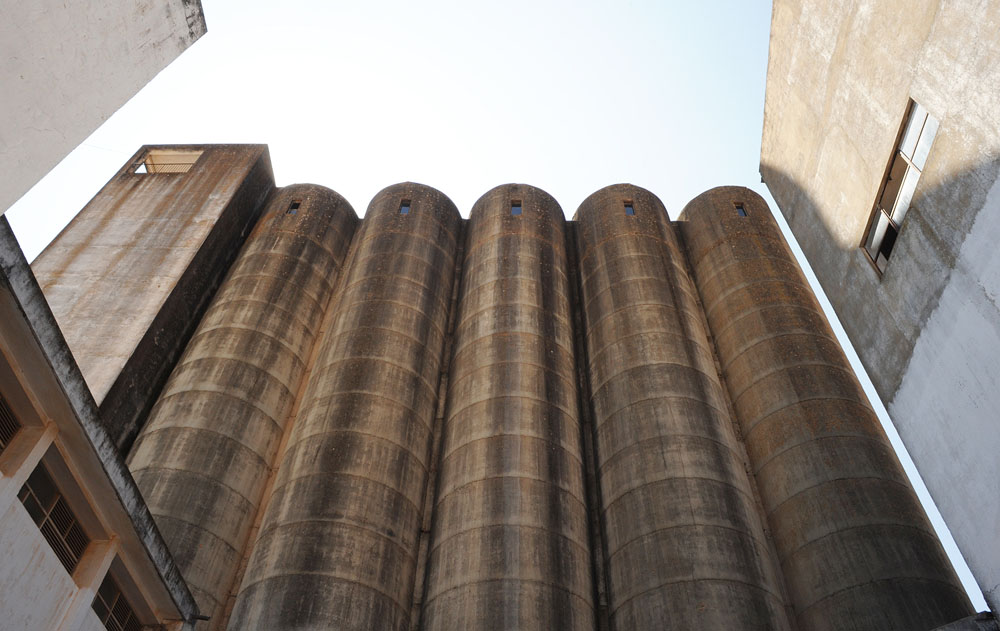
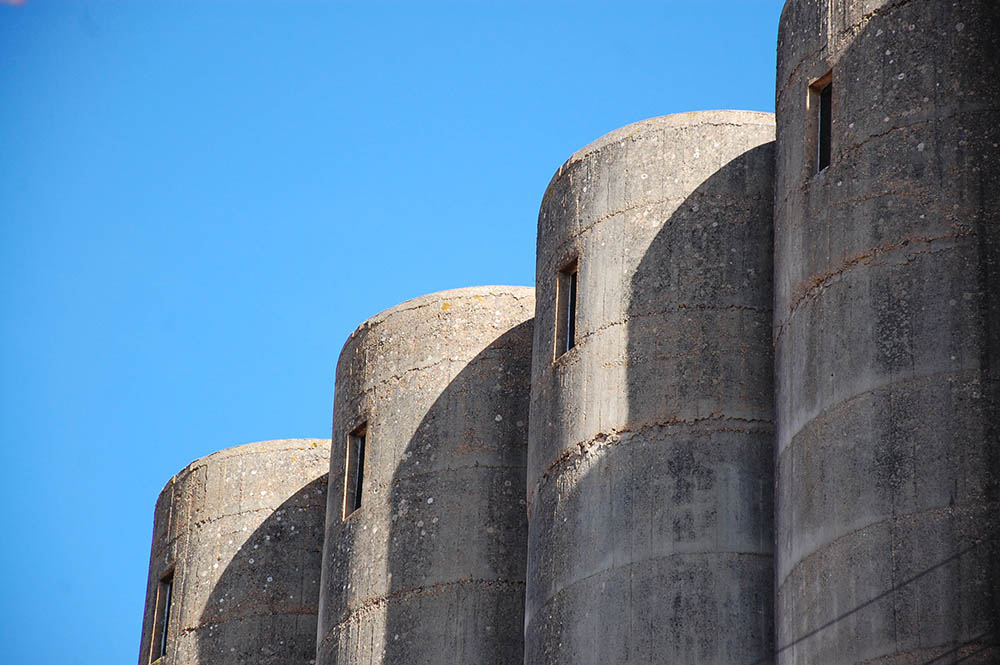
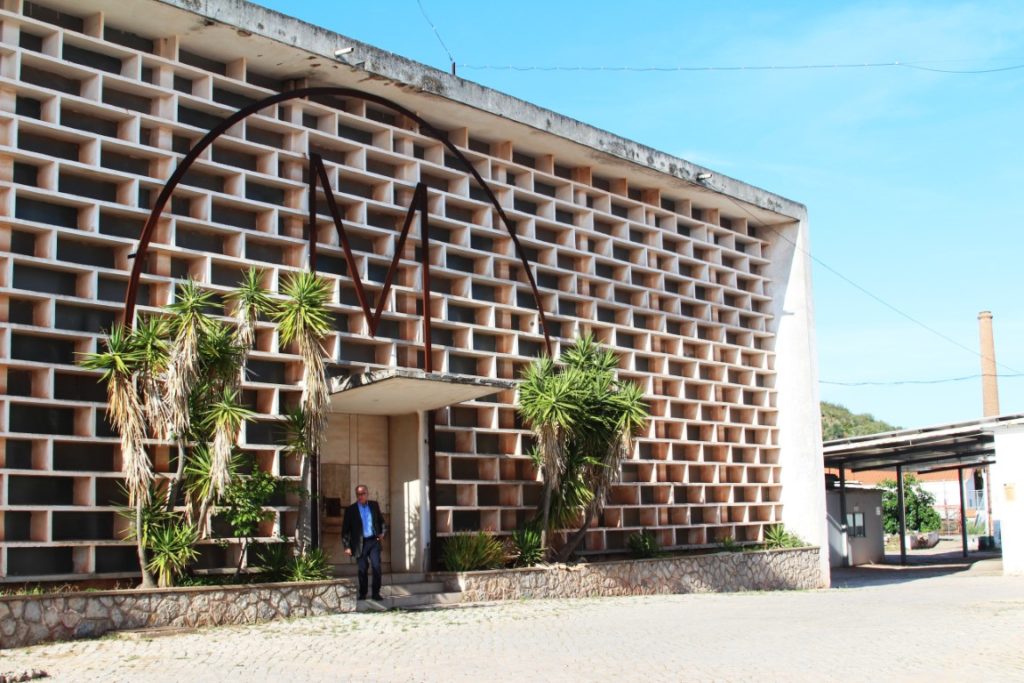
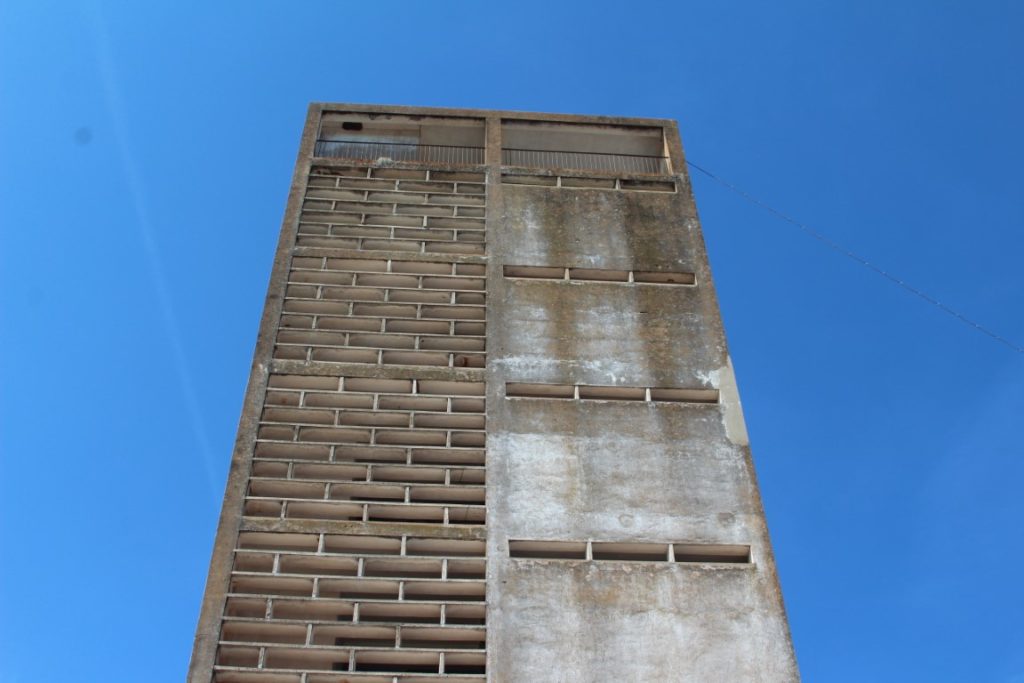

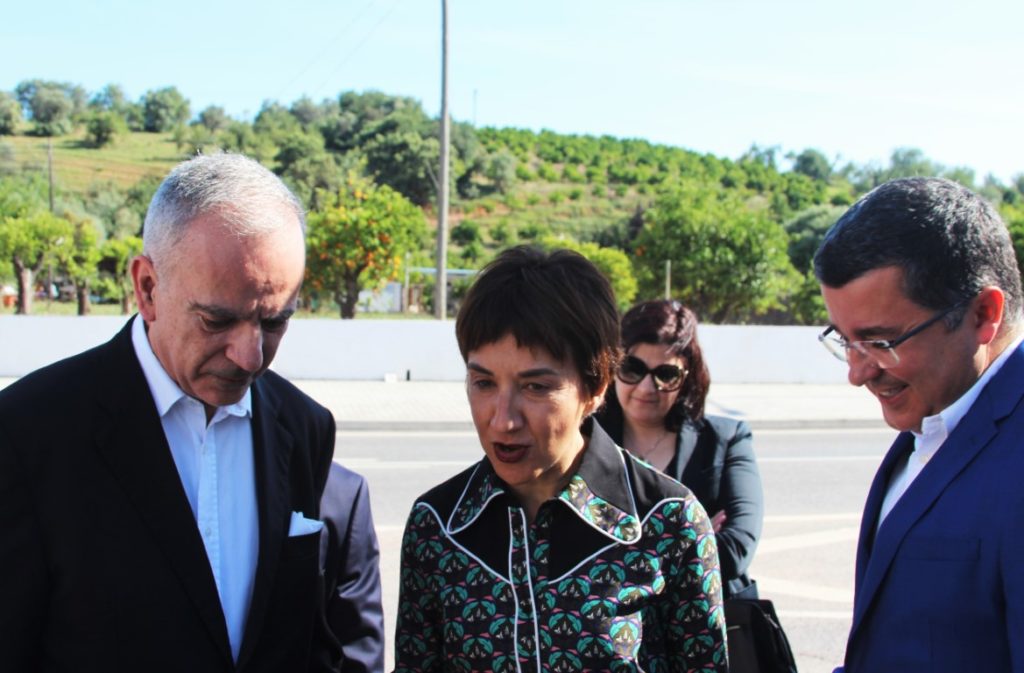
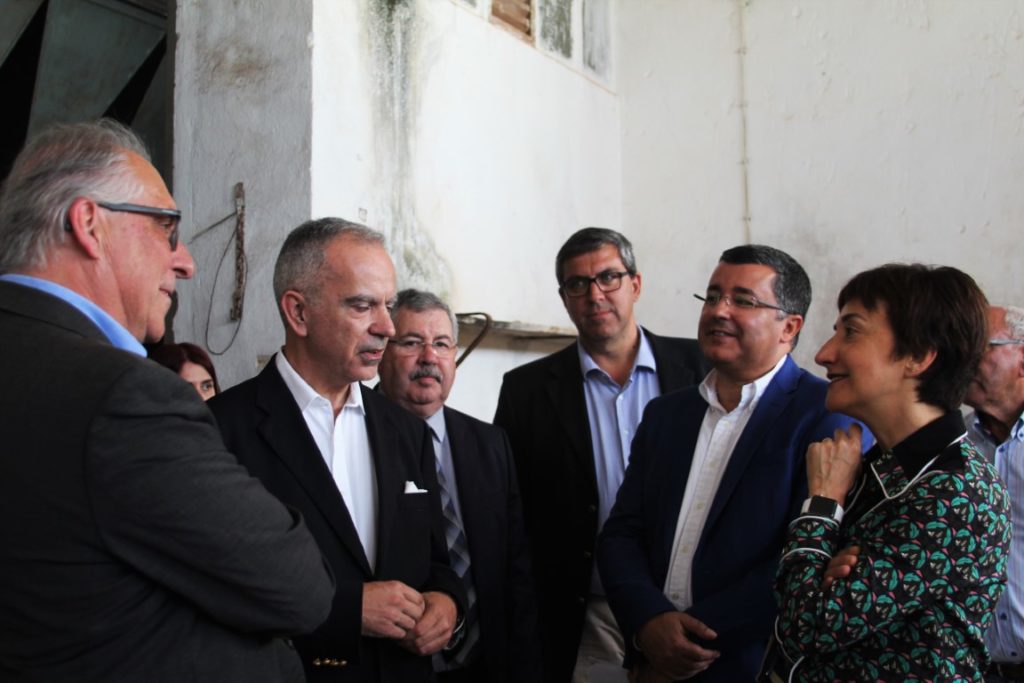
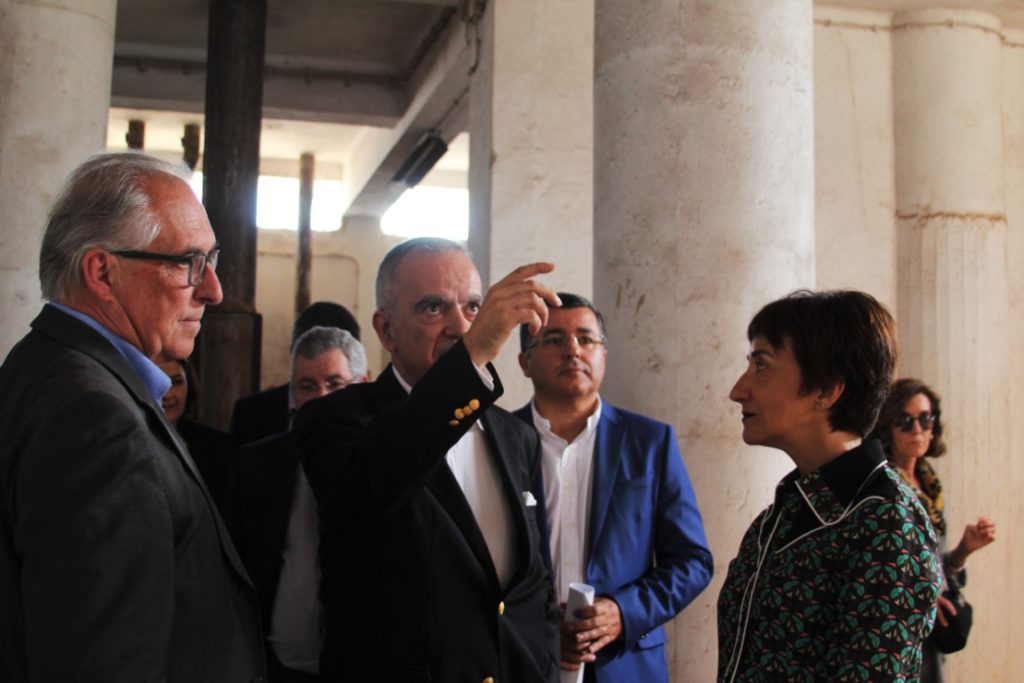
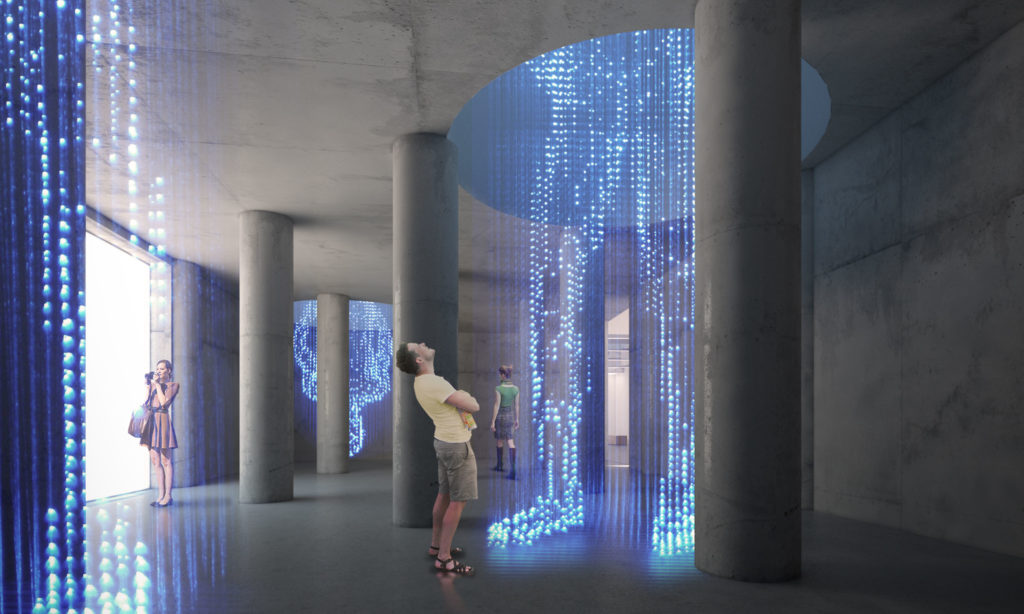
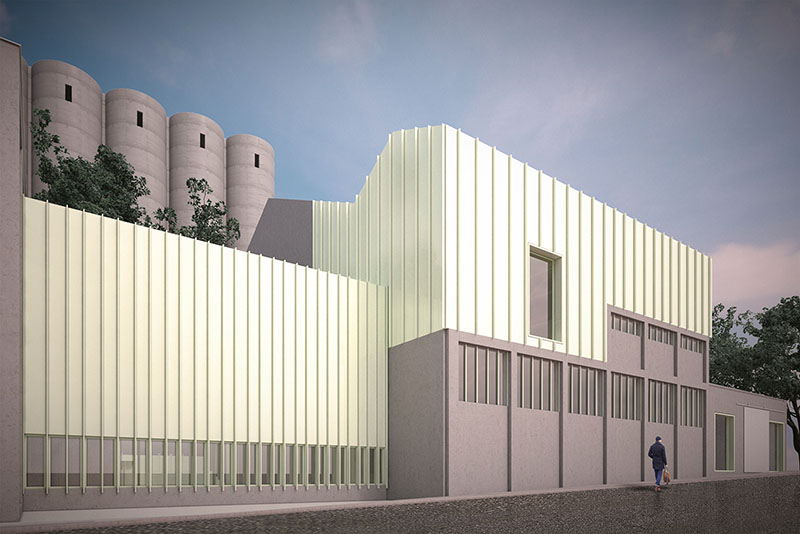
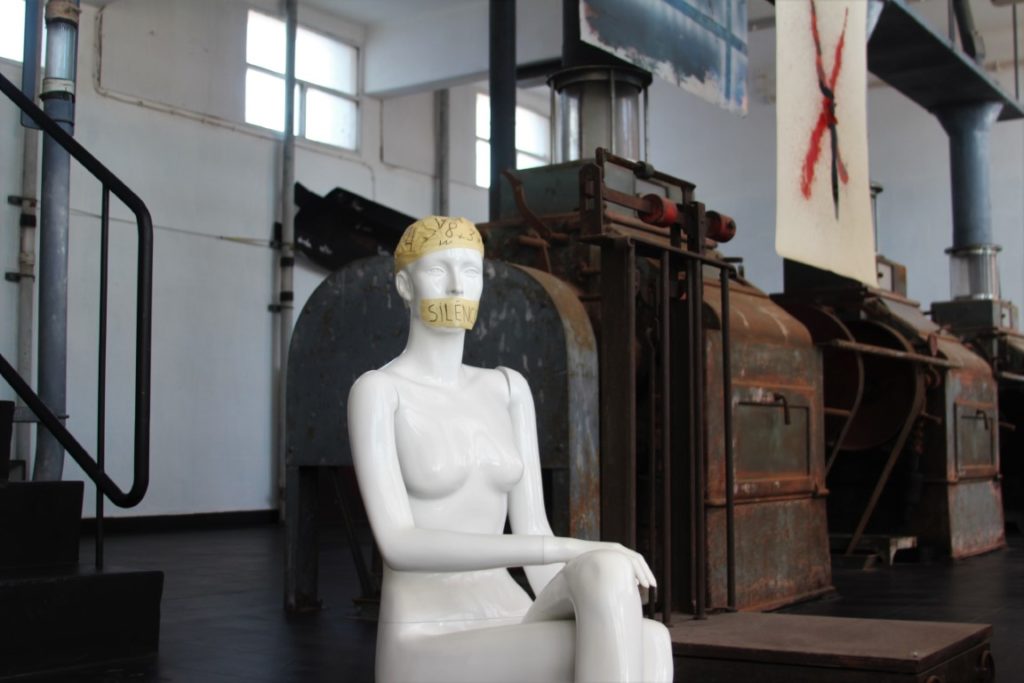


















Comments